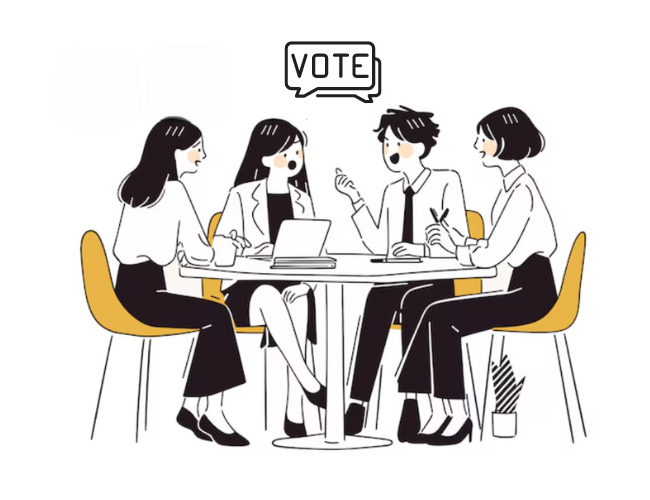The National Football League (NFL) season has come to a close, but discussions surrounding diversity within the league persist. Prior to Super Bowl LVII in Glendale, Arizona, NFL Commissioner Roger Goodell held a press conference to address a range of issues impacting the league. Among them was the pressing concern of the lack of diversity in coaching and executive roles.
With the aim of increasing diversity, equity, and inclusion (DEI), the Coach and Front Office Accelerator Program was introduced in 2022. This innovative initiative provides a platform for women and people of color looking to pursue careers in coaching or front-office roles to interact with key decision-makers in various teams. Through this program, individuals are afforded the opportunity to connect with team officials who hold the power to hire, creating a pathway for greater representation in the industry.
Notable progress has been made in gender inclusion, as evidenced by The Institute for Diversity and Ethics in Sport (TIDES) upgrading the NFL’s gender hiring grade from a C to a B in the past year. However, significant work remains to be done, particularly with regard to the representation of people of color. In the previous season, only five out of 32 head-coaching positions were held by people of color. The NFL, notorious for its history of racial discrimination, is no exception to the pattern of US workplaces that fail to prioritize DEI in their hiring practices.
The History Of The NFL’s Lack Of Diversity
In 1989, Art Shell made history by becoming the first black head coach in the NFL, a monumental milestone that, unfortunately, did not usher in lasting change. To tackle the issue of its glaring lack of diversity in hiring, the NFL established the Rooney Rule in 2003, mandating the inclusion of at least one non-white candidate in interviews for senior positions. However, the rule ultimately proved ineffective, with the league even facing accusations of conducting fake interviews.
As the 2022-23 NFL season kicked off, a scant three black head coaches were at the helm of teams, accounting for just 10% of the league, which in contrast comprises more than 70% black players. Notably, black quarterbacks have found success as the faces of their respective franchises, with over one-third of NFL teams starting a black quarterback. Thus, while player recruitment enjoys a relatively more diverse landscape, diversity in coaching remains a glaring issue.
NFL’s Plan To Improve Diversity
In light of the progress made towards gender inclusion through the Coach and Front Office Accelerator Program, Commissioner Goodell recently discussed additional measures that could be implemented to support minority coaching candidates.
We believe diversity makes us stronger. It’s about attracting the best talent and giving them the best opportunity to be successful. To me, that’s at the core of what we do. We want the changes to be really fundamental and sound and sustainable.
NFL Commissioner Roger Goodell
The Houston Texans hired DeMeco Ryans, a black coach who previously served as defensive coordinator for the San Francisco 49ers, as their new head coach for the 2023 season. This move comes in the wake of the controversial dismissal of two black coaches within a year of each other, as well as a lawsuit filed against the NFL for racial discrimination by former Texans head coach, Lovie Smith.
Smith recently emphasized the NFL’s need to promote greater diversity, stressing that people in positions of power, such as head coaches and managers, must be intentional in hiring black candidates for leadership roles. According to Smith, the composition of a team’s staff reflects the beliefs of the organization, and “we all have an opportunity to choose.”
Takeaway
The NFL’s shortcomings in promoting DEI present an opportunity for other organizations to learn how they can effectively foster diversity and inclusion in their own workplaces:
- Strengthen Workplace Relationships Through Understanding: There is a disconnect between upper management and lower positions in many workplaces, with leaders often gravitating towards those in their immediate circles. To effectively foster diversity and inclusion, leaders must work to deepen their understanding of their employees’ backgrounds and the unique challenges they may face. By doing so, they can cultivate more diverse and inclusive relationships and bridge gaps hindering their organization’s access to a broader talent pool. This holds true not only in the world of sports, but also in the corporate world.
- Expand Talent Pipeline By Breaking The Mold: Specific qualifications for certain roles, such as prior head coaching experience or a minimum number of years in a corporate position, may exclude individuals from underrepresented backgrounds who lack traditional experience. Broadening the hiring criteria can help expand the talent pipeline and bring in a more diverse pool of candidates.
- Create A Sense Of Belonging: An inclusive culture should not be limited to the onboarding process or reaching a goal. Even with a winning record, black coaches are more likely to be fired, showing that success alone does not ensure job security and a sense of belonging. Organizations must continuously strive to support employees of diverse backgrounds and challenge traditional notions of what it means to be a part of a team.












